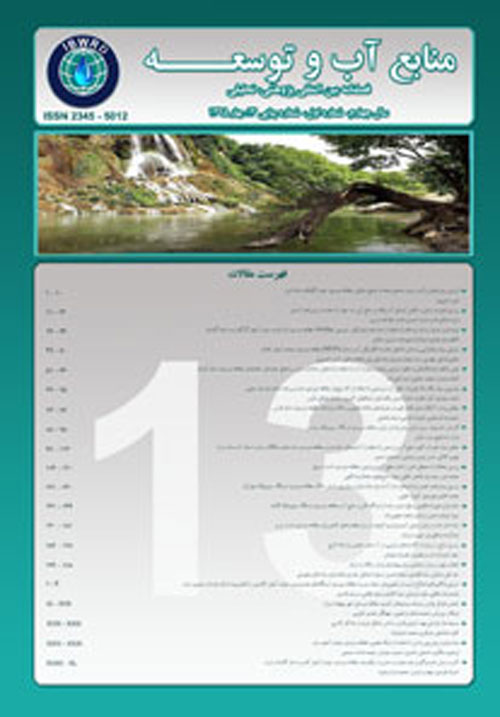An Investigation of Artificial Neural Network Performance in Modeling Rainfall-Runoff and its Comparison with Multivariate Regression Method: A Case Study of Babolroud River
Author(s):
Abstract:
Among methods that use for modeling and simulating of runoff are artificial intelligence techniques such as fuzzy logic and artificial neural networks. In this study، MLP and RBF models were used for rainfall-runoff modeling and their results were compared with results of multivariate regression method. In this regard، first، were gathered 28 year (1980-2008) data of rainfall and runoff related to stations of Qorantalar and Koshtargah in Babolroud river basin. Afterward، runoff was modeled using homogeneity test and normalization of data in above two stations. Then، evaluation criteria (RMSE، MSE، NMSE، R and R2) were obtained in training and testing steps. Next، using them were compared simulated and observed data related to monthly rainfall and runoff. Results showed that among the used models، RBF with architecture of 4 neurons in the first layer، 6 neurons in the second layer and momentum algorithm and bias transfer function and 137 repeats is the best model in Koshtargah station. Evaluation criteria are R=0. 716، R2=0. 512، NMSE=0. 495، RMSE=0. 13، MSE=0. 017 in this model.
Keywords:
Language:
Persian
Published:
International Bulletin of Water Resources and Development, Volume:3 Issue: 3, 2016
Pages:
119 to 133
https://magiran.com/p1487038


